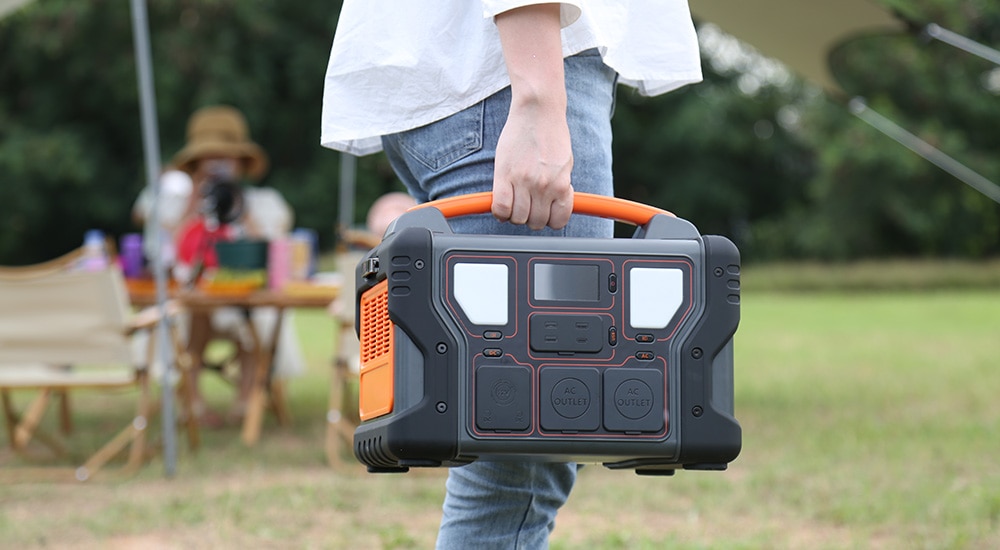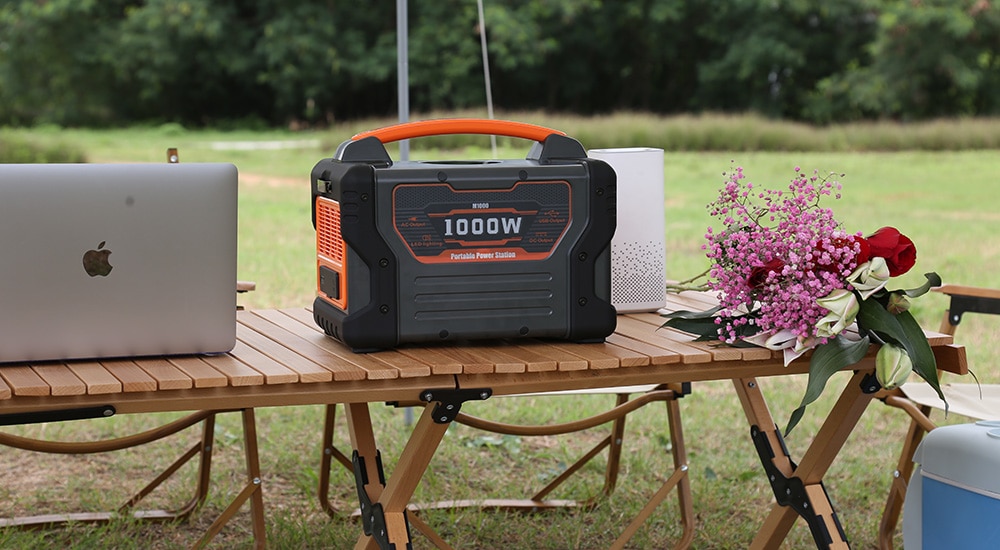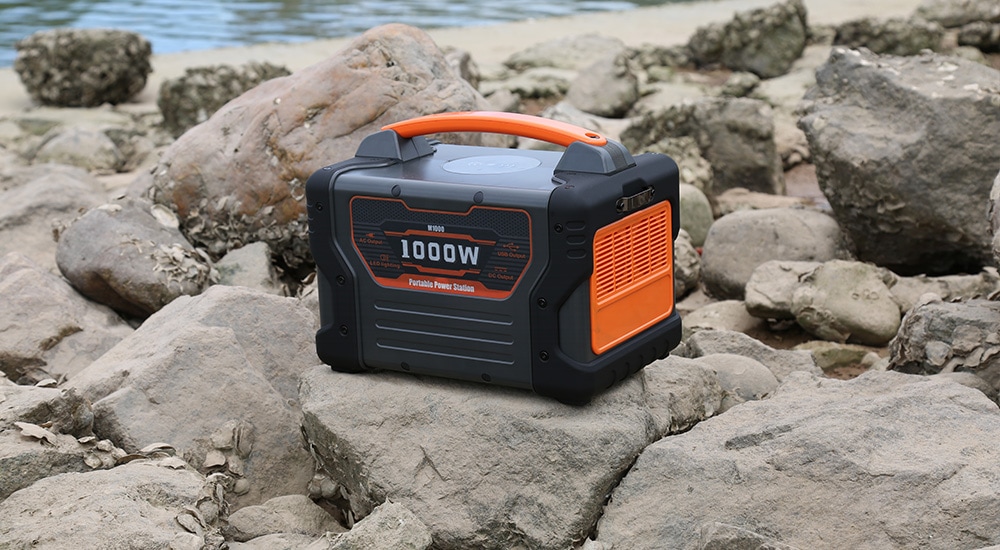Lifespan of Portable Power Stations: What You Need to Know
Portable power stations have become a staple for many outdoor adventurers, travelers, and those needing emergency backup power. But do you know how long they last? How does usage and care impact their lifespan? Let’s unravel this mystery together!
What is a Portable Power Station?
A portable power station is essentially a battery-powered generator. It can provide power for various devices, from your smartphone and laptop to electric grills and mini-refrigerators. What sets them apart from traditional generators is their portability, quiet operation, and absence of fumes or fuel requirements.
Types of Portable Power Stations
To dig a little deeper into this, Lithium-ion portable power stations are known for their lighter weight and higher energy density. This makes them excellent for portable uses, such as camping or for use in RVs. Sealed Lead-Acid power stations, on the other hand, are more robust and tolerant to poor maintenance, but their heavier weight makes them less portable. They’re typically used in fixed locations as backup power supplies.
Factors Affecting Lifespan of Portable Power Stations
The factors influencing the lifespan of a power station extend beyond just its use. Let’s go further into these.
Battery Quality
Let’s explore how the battery quality impacts the lifespan of your power station. High-quality batteries are designed with superior technology, capable of withstanding more charge cycles without significant degradation. They also include safety features to protect against overheating, overcharging, and short-circuiting, which in turn contributes to longer service life.
Two common types of batteries used in portable power stations are Lithium-ion and Sealed Lead-Acid. Lithium-ion batteries, while more expensive, offer longer lifespan, more charge cycles, and a lighter weight. Sealed Lead-Acid batteries, although cheaper and more tolerant to poor maintenance, have shorter lifespans and are bulkier.
Maintenance Practices
When it comes to maintenance, different power stations have different needs, largely based on the type of battery they use. For instance, Lithium-ion batteries require regular charging, even during periods of non-use, to prevent their capacity from degrading. On the other hand, Sealed Lead-Acid batteries demand regular topping up with distilled water to prevent them from drying out.
Moreover, the power station should be kept clean and dry, preventing dust and moisture from damaging the internal circuitry. Any physical damages or loose connections should be repaired promptly to avoid further issues.
Frequency of Use
Like any other electronic device, the more frequently a power station is used, the quicker its components, especially the battery, will wear out. Each discharge and recharge cycle slowly reduces the battery’s overall capacity. Therefore, balancing your power station’s usage can help prolong its lifespan.
Weather and Environmental Conditions
Exposure to adverse environmental conditions can also adversely impact the lifespan of your power station. These include high or low ambient temperatures, high humidity levels, and dusty conditions. Always follow the manufacturer’s guidelines regarding safe operating conditions for your power station.
How to Extend the Lifespan of Your Portable Power Station
We’ve mentioned a few best practices to follow, but how about some more detailed tips?
Proper Charging and Discharging Practices
Lithium-ion batteries prefer partial discharge over full discharge, and it’s best not to let them sit fully discharged for long periods. On the other hand, Sealed Lead-Acid batteries can handle deeper discharges, but regular full discharges can lead to reduced lifespan.
Regular Cleaning and Maintenance
Regularly dust off your power station and inspect it for any signs of physical damage or wear. If the station comes with a fan for cooling, ensure it’s not blocked and functioning correctly. If your station uses a Sealed Lead-Acid battery, don’t forget the regular topping up with distilled water.
Adequate Storage
The ideal storage condition varies depending on the type of battery. Lithium-ion batteries prefer cool conditions, while Sealed Lead-Acid batteries can handle a wider range of temperatures.
Recognizing Signs of a Dying Power Station
Knowing when your power station is nearing the end of its lifespan can help prevent unexpected power failures. Here are a few signs to watch out for:
Reduced Run Time
If your power station doesn’t provide power as long as it used to, the battery might be losing its capacity. While some reduction over time is expected, a sudden drop might indicate a failing battery.
Difficulty Holding Charge
If your power station loses its charge quickly when not in use, or if it takes longer than usual to recharge, these could be signs of a deteriorating battery.
Excessive Heat
While it’s normal for power stations to generate some heat during use or charging, excessive heat could suggest that something is wrong. It might be a malfunctioning component or a battery that’s nearing the end of its life.
Conclusion
And there you have it, a comprehensive guide to understanding the lifespan of portable power stations and how to optimize their use. Remember, like most things, your power station needs care and attention to serve you optimally and for longer. Enjoy your adventures or rest easy with your backup power supply, knowing you’re well-equipped to keep it running for years to come.



